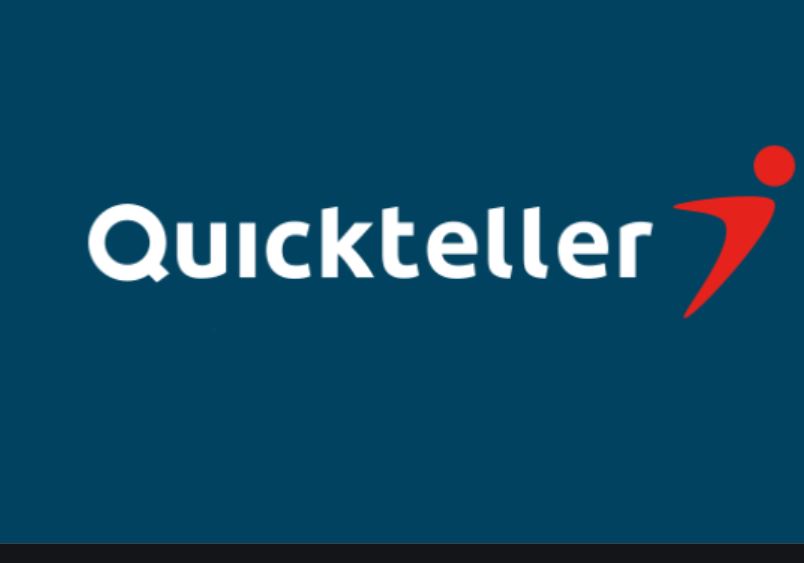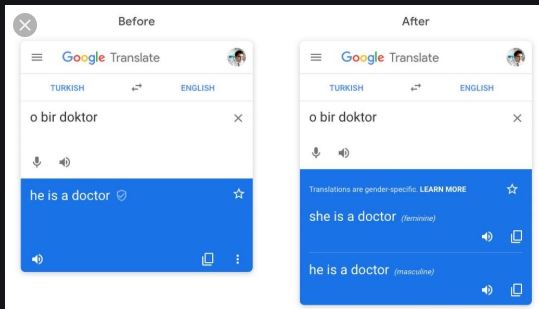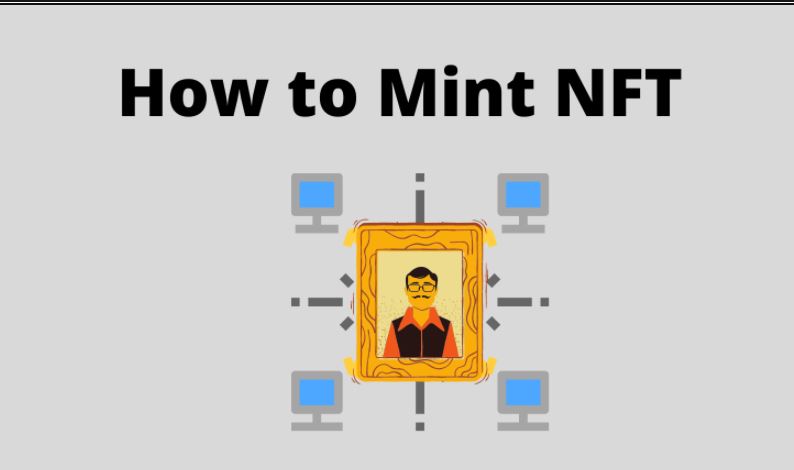5 email drip campaign examples and best practices -Email marketing remains one of the most powerful tools in a marketer’s arsenal, and drip campaigns have become a popular strategy for engaging and nurturing leads.
An email drip campaign is a series of automated, pre-scheduled emails sent to subscribers at predetermined intervals. By delivering targeted content to the right people at the right time, businesses can build relationships, increase conversions, and drive customer loyalty.
In this article, we will explore five effective email drip campaign examples and discuss best practices to help you craft successful campaigns.
CHECK OUT: What is Drip Campaign? | AND HOW IT WORKS?
Lists of The 5 Email Drip Campaigns
Here are the are the list of the 5 Email Drip Campaigns :
Onboarding Drip Campaigns
An onboarding drip campaign is designed to welcome new subscribers and introduce them to your brand. Furthermore, It helps to educate users about your product or service and guide them through their initial interactions. Here’s an example of a four-part onboarding drip campaign:
Email 1: Welcome and Introduction: Send a warm welcome email immediately after a user signs up. Briefly introduce your brand, highlight key benefits, and set expectations for future emails.
Email 2: Educational Content: Provide helpful resources, tutorials, or tips related to your product or service. This email should focus on educating the user and showcasing the value your brand brings.
Email 3: Case Studies or Success Stories: Share success stories of previous customers who have benefited from your product or service. Highlight the results achieved and demonstrate social proof.
Email 4: Call to Action: Present a clear call to action (CTA) that encourages the user to take the next step, such as making a purchase, signing up for a trial, or scheduling a demo.
Best Practices for Onboarding Drip Campaigns
Keep emails concise and easy to skim.
Use visuals to enhance the content and make it more engaging.
Personalize emails with the user’s name and other relevant details.
Set clear expectations for email frequency and content.
Abandoned Cart Recovery Campaigns
Cart abandonment is a common challenge for e-commerce businesses. However, An abandoned cart recovery campaign aims to bring back potential customers who left items in their cart without completing the purchase. Here’s an example of a three-part abandoned cart recovery drip campaign:
Email 1: Reminder: Send a friendly reminder email shortly after the cart abandonment, reminding the user of the items left behind and emphasizing their benefits.
Email 2: Social Proof and Incentives: Share testimonials, reviews, or user-generated content to build trust. Additionally, offer a limited-time discount or free shipping to incentivize the user to complete the purchase.
Email 3: Urgency and Scarcity: Create a sense of urgency by emphasizing limited stock or a time-limited offer. lastly, Highlight the potential loss of the desired items to encourage immediate action.
Best Practices for Abandoned Cart Recovery Campaigns:
Send the first email within a few hours of cart abandonment to catch the user’s attention.
Use persuasive language and compelling visuals to entice the user back to their cart.
Optimize emails for mobile devices, as many users browse and shop on smartphones.
Experiment with subject lines to maximize open rates.
CHECK OUT: What is Email Marketing Services? | ALL YOU NEED TO KNOW
Lead Nurture Drip Campaigns
A lead nurture campaign is designed to cultivate relationships with leads over time, providing them with relevant and valuable content to move them closer to making a purchase decision. Here’s an example of a five-part lead nurture drip campaign:
Email 1: Welcome and Introduction: Similar to an onboarding campaign, send a welcome email to new leads, introducing your brand and setting expectations.
Email 2: Educational Content: Provide educational content that addresses pain points or challenges your leads may have. Position your brand as a trusted resource and industry expert.
Email 3: Product Benefits and Features: Highlight specific features and benefits of your product or service that directly address the pain points mentioned in the previous email. Show how your offering can provide a solution or make their lives easier.
Email 4: Social Proof and Testimonials: Share success stories, case studies, or testimonials from satisfied customers. This helps build trust and credibility in your brand and product.
Email 5: Special Offer or Demo: End the lead nurture campaign with a compelling offer or an invitation to schedule a product demo. This encourages leads to take the next step in their buyer’s journey.
Best Practices for Lead Nurture Campaigns
Segment your leads based on their interests, behavior, or demographics to deliver targeted content.
Use marketing automation tools to track user interactions and send emails based on specific triggers or actions.
Personalize emails with dynamic content based on the lead’s preferences or past engagement.
Monitor campaign performance and optimize based on metrics such as open rates, click-through rates, and conversions.
Re-engagement Campaigns
Over time, subscribers may become disengaged or inactive. A re-engagement campaign aims to win back their attention and re-establish a connection with your brand. Here’s an example of a three-part re-engagement drip campaign:
First Email: Reintroduction: However, Remind inactive subscribers of who you are, why they joined your list, and the value they can expect from your emails in a personalized email.
Second Email: Exclusive Offer or Incentive: Entice inactive subscribers to re-engage by providing them with an exclusive discount, access to premium content, or a special gift.
Third Email: Farewell Option: Give subscribers who continue to show no interest the choice to unsubscribe or adjust their email preferences accordingly. This helps maintain a clean and engaged subscriber list. LEARN MORE
Best Practices for Re-engagement Campaigns
Craft attention-grabbing subject lines to encourage inactive subscribers to open the email.
Create a sense of urgency or scarcity in the offers to prompt immediate action.
Use dynamic content to personalize the email based on the recipient’s past interactions or preferences.
Analyze and remove unengaged subscribers from your list to maintain a healthy email deliverability rate.
CHECK OUT: Email Blasts | Definition and How To Do Email Blasts
Upsell/Cross-sell Campaign
An upsell/cross-sell campaign targets existing customers to encourage additional purchases or upgrades to higher-priced products or services. Here’s an example of a four-part upsell/cross-sell drip campaign:
Email 1: Thank You and Feedback: Send a personalized thank-you email to customers after their initial purchase. Ask for feedback and provide a platform for them to share their experience.
Email 2: Product Recommendations: Recommend related products or services based on the customer’s previous purchase history or browsing behavior. Highlight how these additional offerings can enhance their current experience.
Email 3: Limited-Time Offer: Present a limited-time offer or exclusive discount on an upgraded or premium version of the product they already own.
Email 4: Testimonials and Social Proof: Share testimonials from other customers who have benefited from the upsell or cross-sell, emphasizing the additional value they received.
Best Practices for Upsell/Cross-sell Campaigns
Use data analysis and segmentation to target customers with relevant upsell or cross-sell recommendations.
Leverage social proof, such as reviews or ratings, to build trust and credibility.
Provide clear and concise information about the benefits and value of the upsell or cross-sell.
Follow up with personalized offers based on the customer’s response or non-response.
Conclusion
In conclusion, The 5 Email drip campaigns are an effective way to engage, nurture, and convert leads into loyal customers. By implementing the examples and best practices discussed in this article, you can create compelling and targeted email drip campaigns that deliver the right content to the right people at the right time. Remember to continuously monitor and optimize your campaigns based on the data and feedback you receive.
Additionally, Keep testing different subject lines, email content, and CTAs to improve open rates, click-through rates, and conversions.
Furthermore, It’s essential to remember that successful email drip campaigns require a deep understanding of your target audience. Segment your subscribers based on their preferences, behavior, and interests to deliver personalized and relevant content. Utilize marketing automation tools to automate the sending process and track user interactions for better campaign management.
Lastly, always prioritize providing value to your subscribers. Focus on delivering useful and engaging content that addresses their pain points, educates them, and offers solutions. Lastly, By building trust and delivering a positive user experience, you can establish long-lasting relationships with your subscribers and drive business growth.





